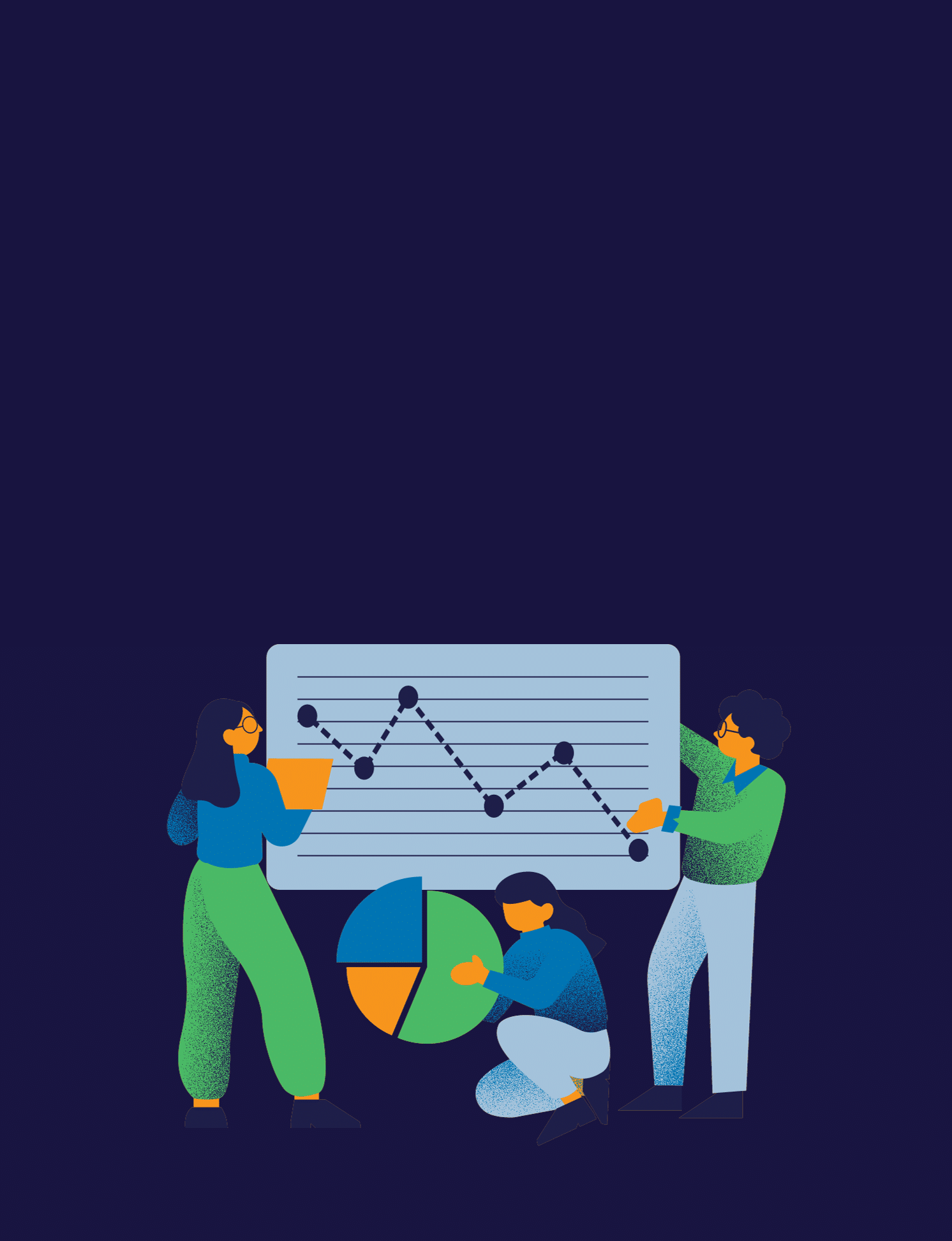The biggest drawback for many data analysts, researchers or enthusiasts of Excel and PowerPoint is their desire to underpin their expertise with as complex and compact results as possible. At the same time, most people associate visual storytelling with elaborate stories in the form of videos, infographics or entire websites. However, there are so many situations in the day-to-day challenges of knowledge workers that would be helped a lot by pictures or other forms of visualization. Especially with presentations, we want ideas to stick and images to be created in the mind of the audience. That’s why we should make it as easy as possible for our counterpart to have exactly that picture in mind.
When it comes to integrating data analysis and visualization into the storytelling era, it’s not about completely questioning learned patterns such as bar charts, pie charts, and line charts. The goal, as with other storytelling formats, is for the content to be understood and emotionally internalized by the audience, who in turn is moved to engage interactively with the stories and become empowered and motivated to act.
However, complicated data usually causes the opposite. They provide a great way to take the audience on a journey, away from the familiar world of known information, to mysteries and insights that open their eyes to new perspectives.
Essential storytelling mechanisms can also be applied to data. In our workshop for visual and data storytelling, we teach not only the basics of storytelling, but also techniques to find the golden thread in an ocean of data.




